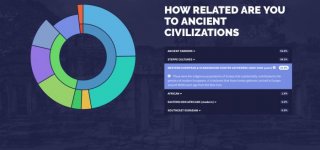Pax Augusta
Elite member
My dad says it's from frosinone but I'm still skeptical. But thanks to my second cousin of 3/4 south Italian 1/8 Irish 1/8 English descent (she scored 80 percent Italy/Greece from ancestry), I'm convinced that my Italian heritage is south Italian.
Frosinone and Latina province (southern Lazio) are a transitional area between central and southern Italy. For example the province of Frosinone was established by Royal Decree on 6 December 1926 with territories belonging to Lazio (central Italy) and to Campania (south Italy). A vast part of Frosinone and Latina province was under the Kingdom of Naples for centuries and they still today speak southern Italian dialects. There are many Italian-Americans who have roots in Frosinone, they think their ancestors were central Italian (because now province of Frosinone is all in the Lazio region) but instead their ancestors were often southern Italians until 1926. Angela can explain it better than me.




